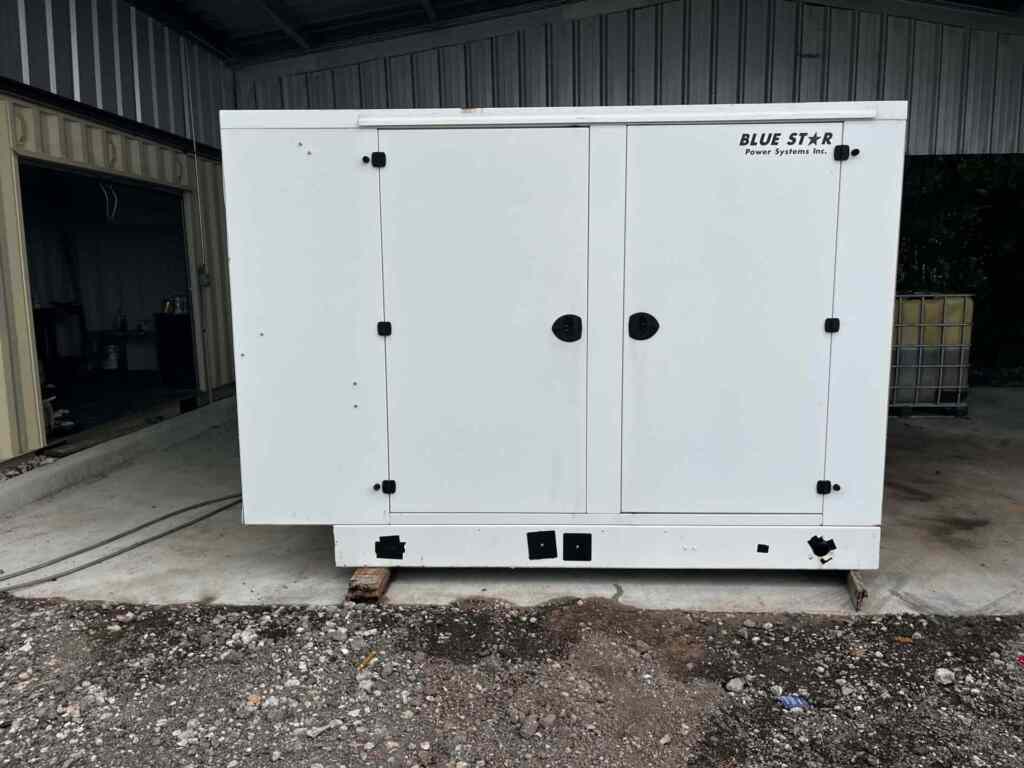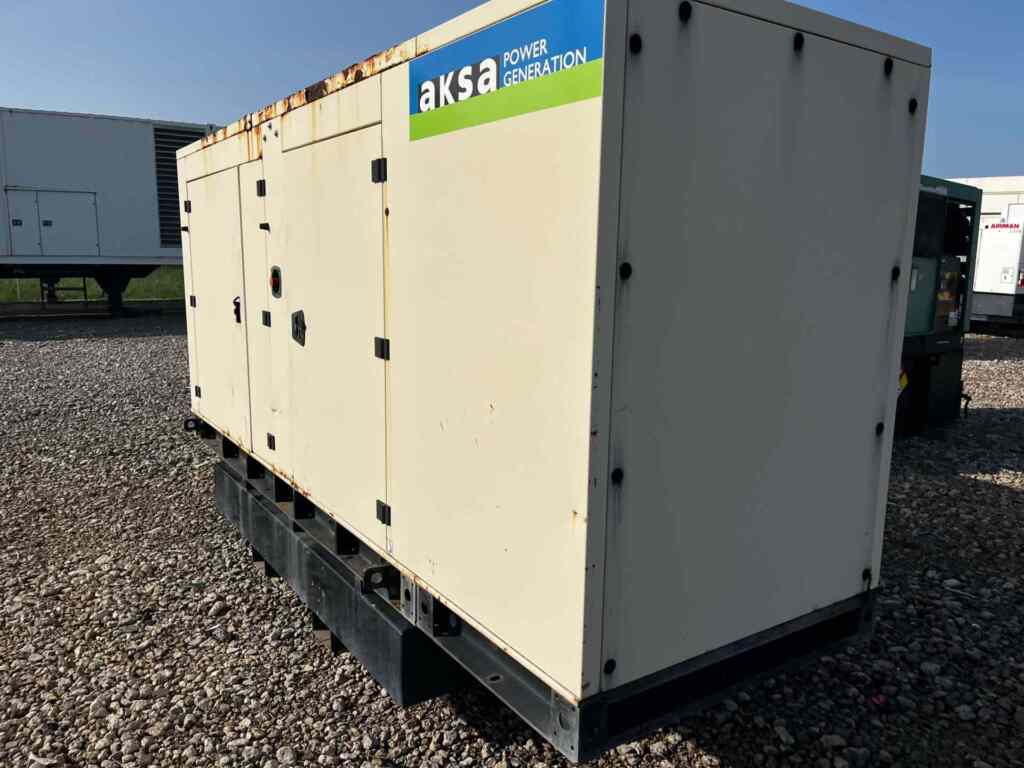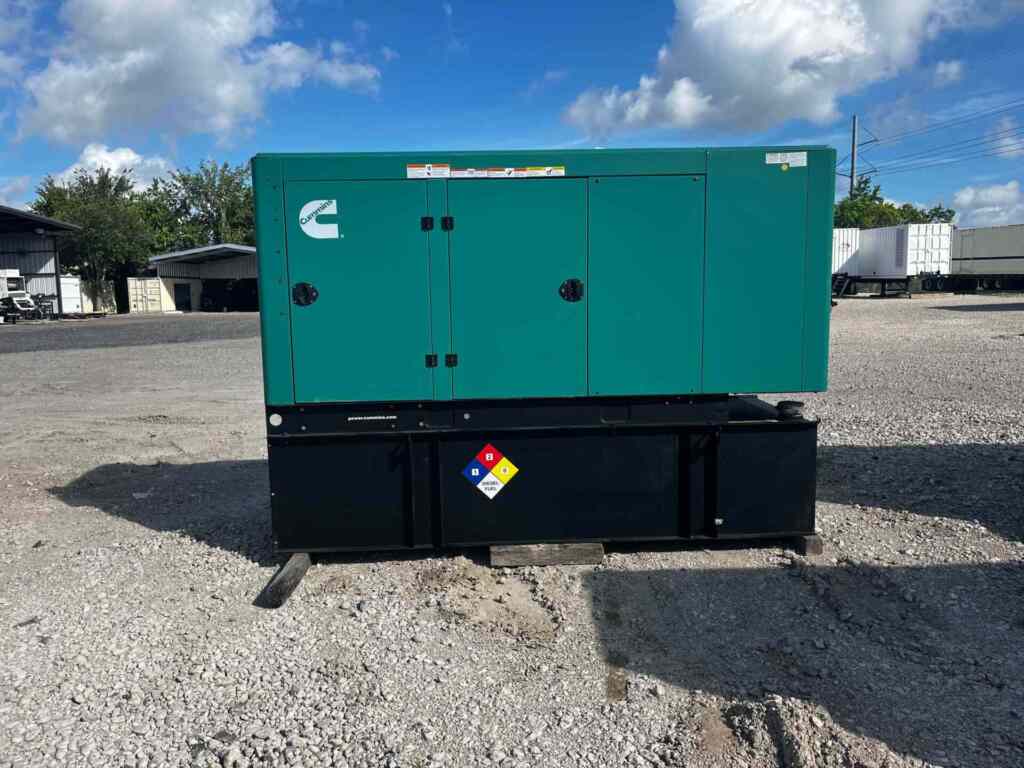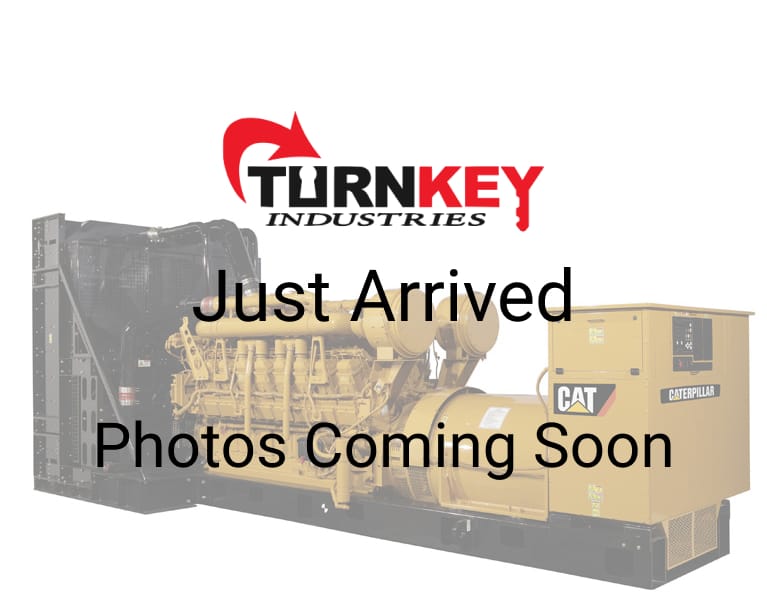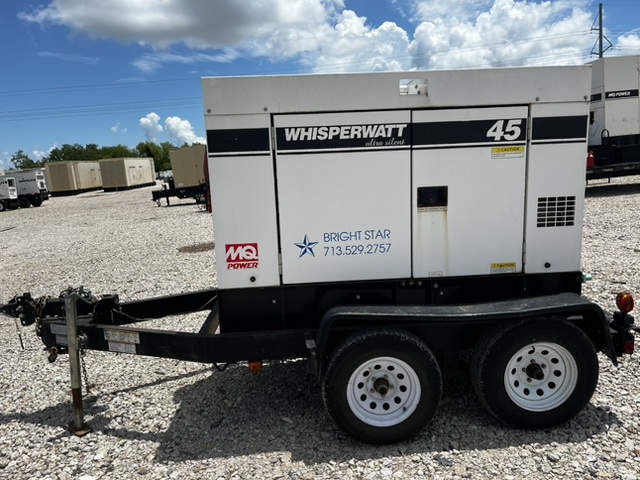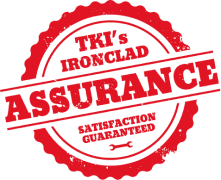An ounce of prevention is worth a pound of cure, especially when it comes to keeping your industrial generator in top operating condition. One of the best ways to do this is to follow your model’s suggested maintenance schedule, including periodic load bank testing. But what is a generator load bank, and how can it help you optimize your industrial generator’s lifespan?
What Does A Generator Load Bank Test?
A generator load bank is a piece of specialized equipment that produces artificial loads on a generator to see if it is operating at peak capacity. During load bank testing, the generator’s engine is brought to a certain operating temperature and pressure to mimic the equipment’s operation during an emergency situation. Simply put, a generator load bank test is a dry run for your industrial generator, allowing you to pinpoint any flaws or problems before the generator is actually needed.
There are two main benefits to routine load bank testing of your industrial generator. The first is peace of mind. Scheduled generator load bank testing should be part of a preventive maintenance program to ensure your generator works in an emergency situation. The second is that any problem discovered during a generator load bank test is going to be much cheaper to repair than those discovered during a power outage.
A Step-By-Step Guide to Load Bank Testing
During a generator load bank test, it is important to follow the steps outlined in your generator’s operating manual very carefully. Although the procedure isn’t complicated, it is important to understand how the testing process works. Here is a brief outline of the guidelines you will need to follow, although each generator model may have a slightly different set of instructions.
- First, check all fluid levels. Make sure the fuel tank is full and the oil level is correct. If the generator is water-cooled, check the radiator or coolant tank before you begin.
- Next, start the generator and allow it to reach normal operating temperature. Watch and listen for any abnormal operation or noises. If any problems are detected, stop the testing process, diagnose the mechanical failure is diagnosed, and fix the problem.
- Continue the generator load bank test by connecting the loads, starting with any large 200 volt loads and then adding smaller 110-volt loads. Continue this process until each leg carries 50 percent on any one leg.
- Check the amperage of each leg with an ammeter. In cases where a 110/220 volt single phase generator is being tested, the voltage of each leg should fall between 105 and 125 volts. The current should be half of the rated watt output divided by the voltage for each leg. If one or more of the legs drops below 105 volts at full load, there is a problem and the generator has failed its load bank testing.
- Continue to monitor the generator while maintaining the same load for the duration of the test. Listen for noises and monitor the generator’s output. If an issue is discovered, the test should be stopped to minimize damage until repairs can be completed. After any repairs have been made, you can start the test again from the beginning.
- To end the test, gradually remove the loads and allow the generator to run under a light load for about an hour. Remove all loads 5 to 10 minutes before shutting down the generator.
Always wear appropriate safety clothing during a generator load bank test, including protective eyewear, a hard hat, steel-toe boots, gloves, and a high-visibility vest. Anyone who runs the generator load bank test should have experience doing so and hold a qualification for administering the test. Many companies outsource this process to a qualified technician, rather than keeping a staff member on hand to handle it.
How Often Should You Test Your Generator?
How often you perform a generator load bank test is influenced by your generator’s classification and how it is being used. For example, testing guidelines are quite frequent if a generator is used as a backup power source in a hospital setting. Even data centers or financial organizations must comply with a rigid testing schedule, per guidelines set by the National Fire Protection Association. However, if your generator is not considered mission-critical, plan on testing it at 80 percent of its maximum load for at least 60 minutes once per year.
Renting Vs. Buying a Generator Load Bank
How do you know if you should rent a generator load bank for routine testing or if you should buy one for your industrial generator? There are advantages to each option that a professional generator retailer can discuss with you before you make your final decision. However, here are a few things to consider.
Renting A Generator Load Bank
- A load bank rental company can deliver, install, and even remove the load bank you are renting.
- Rental agreements usually involve providing a trained technician to run your generator load bank test. This saves small businesses from having to employ generator technicians or worry about repair and maintenance.
- If you rent a generator load bank, you won’t have to worry about full-time storage, maintenance, or repairs for the load bank.
- As your organization’s needs change, the load bank rental company will be able to upgrade and supply the right equipment for your generator load bank tests.
- Renting a load bank may make better financial sense for a company.
If your company does not have a critical need for frequent tests or the means to conduct the tests with in-house staff, should consider renting a load bank instead of buying one. Renting this equipment can save money, manpower, space, and time while still providing good results.
Purchasing A Generator Load Bank
Believe it or not, a generator load bank can do more than test your industrial diesel generator. It can also extend the lifespan of this very expensive investment. If a company installs a generator that has a greater capacity than it needs, for example, it will end up running it at a lighter load than the generator is designed to run at. Over time, this can damage the engine. A load bank can generate an artificial load to make up the difference between capacity demand and generator output. If a company purchased an oversized generator (with the intention of growing its operations later down the road), a permanently installed load bank can compensate for the light load and prolong the life of the backup generator while performing the scheduled load bank testing.
If you have an industrial generator onsite, you need to plan on the additional expense of routine generator load bank testing. Whether you rent the generator load bank from a generator retailer or purchase one to have onsite permanently, load banks offer you peace of mind and guarantee that your generator will be in top operating condition when it is most needed.
 Turnkey Industries offers a variety of high-capacity
Turnkey Industries offers a variety of high-capacity 